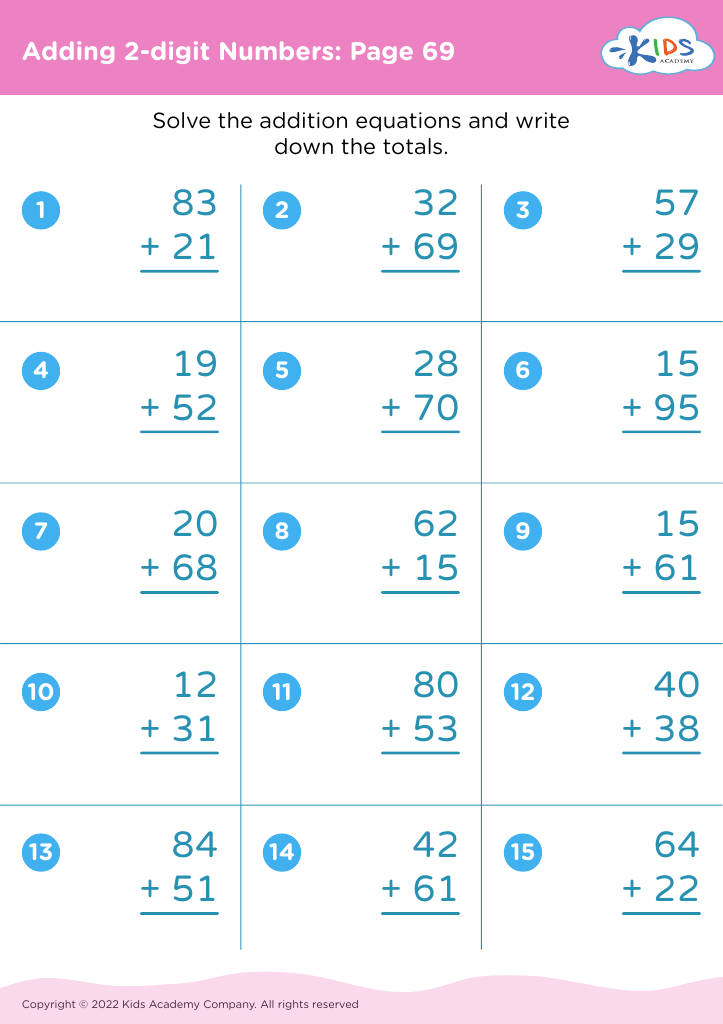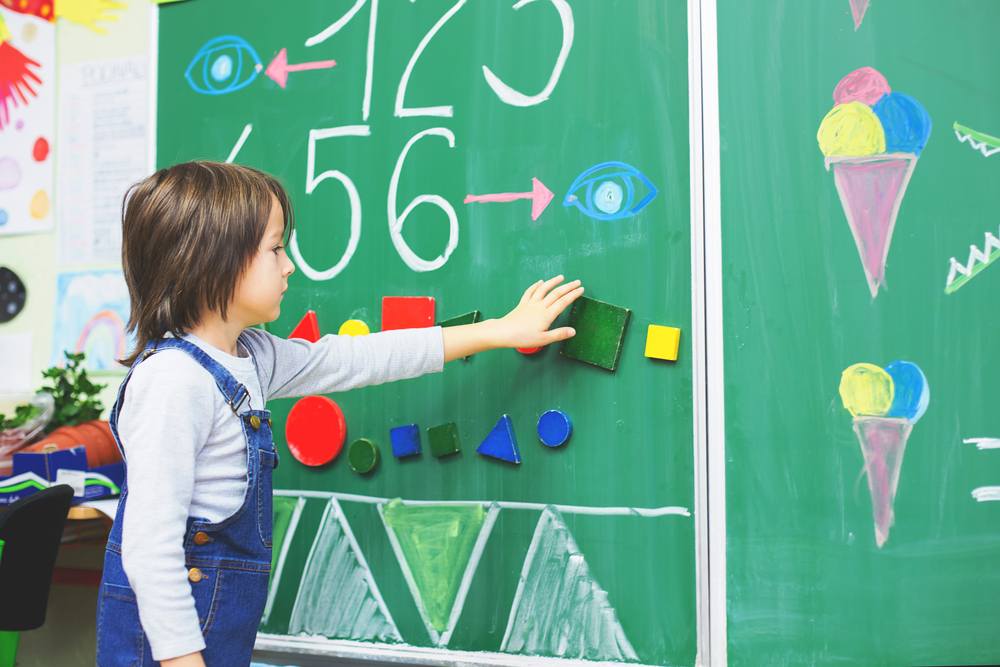Understand analog clocks Worksheets for Kids
1 filtered results
-
From - To
Question/Answer
Why is the Understand analog clocks skill important for Grade 2 students?
Understanding analog clocks is crucial for Grade 2 students as it builds foundational time-telling skills, enhances their mathematical understanding of numbers and fractions, and improves their ability to manage time effectively. This skill also supports cognitive development in areas such as problem-solving and logical reasoning, which are essential for academic success and daily life activities.
How to test a Grade 2 student’s Understand analog clocks skills?
To test a Grade 2 student's understanding of analog clocks, present them with a series of clocks showing different times. Ask them to read the times out loud and possibly draw the hands on a blank clock face to represent given times. Include a mix of hours, half-hours, and quarter-hours to assess their range of understanding.
What does the Understand analog clocks skill mean when it comes to Grade 2 Adding 2-digit Numbers learning?
The "Understand analog clocks" skill, in the context of Grade 2 Adding 2-digit Numbers learning, refers to the ability of students to read and interpret the time shown on analog clocks. This skill is foundational for understanding the concept of time, which is essential for solving addition problems that involve time increments, such as adding minutes or hours.







.jpg)









